10 Tips for Selecting Holiday Gifts for Young Children with Visual Impairments or Multiple Disabilities
The holidays present a challenge each year to families and friends who wish to give presents to children who are blind or visually impaired, especially if they are very young or have deafblindness or multiple disabilities. You want it to be FUN and DIFFERENT, but you also want it to have educational benefits for the child. While every child has unique interests and abilities, these guidelines are offered to help you to think about considerations when selecting a present that may provide lasting benefits to the child. Our focus here is on children under the age of 4 and children with multiple disabilities, with inspiration and resources from Active Learning, an approach pioneered by Dr. Lilli Nielsen.
1. Choose items that actively engage the child.
Many electronic toys allow the child to be passive and items that actively engage the child will be much more fun, as well as meaningful. Think about how the child can be appropriately stimulated and challenged: look for toys with movable parts and toys that do more than one thing. We recommend that you avoid basic cause and effect electronic toys. These are often very popular, as they typically make sounds and light up. Once a child understands the concept of cause and effect, however, there is nothing else for the child to learn. Children become passive when they push a single button over and over, and this repetition does not encourage them to explore in new ways. Instead think about things made of different materials and things that invite the child to DO something!

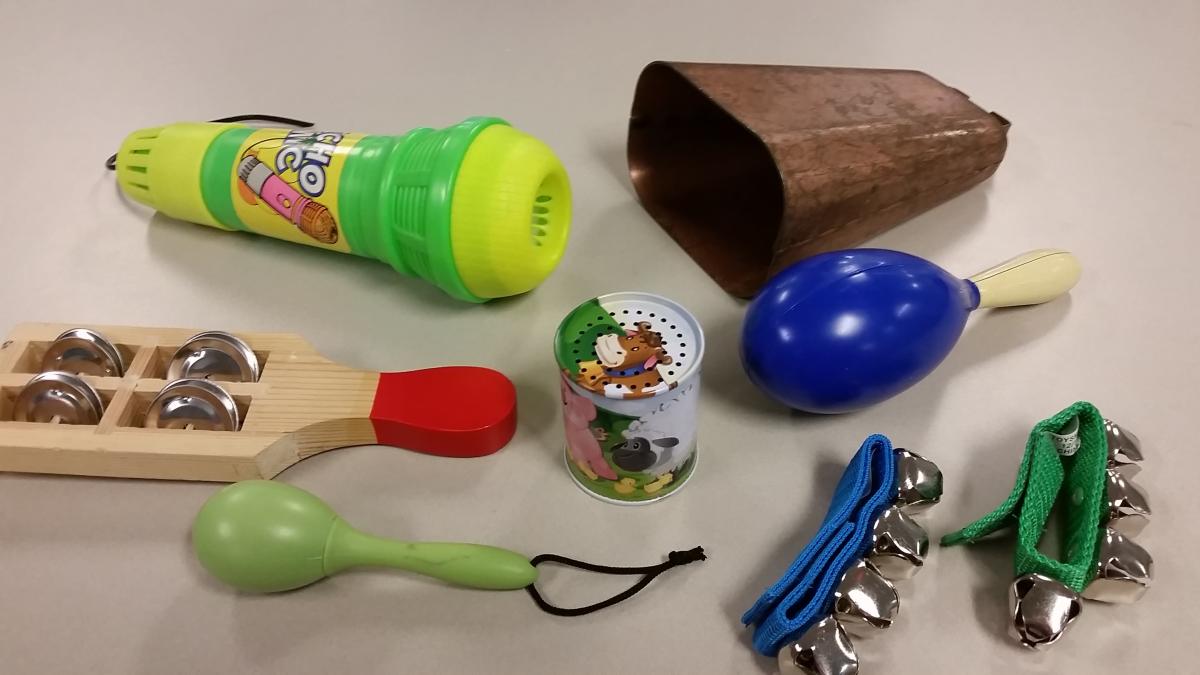
2. Find multi-sensory toys and items that make use of the child's senses.
Toys with multi-sensory features can be fun, although they may be overwhelming if all of these sensory elements are present at the same time. Young children or children with multiple disabilities may benefit more from items that engage one sense at a time, including sound, visual elements, touch, smell or taste.
Toys with strong visual elements may appeal to children with CVI (cortical visual impairment) or low vision. These should not be lights for a child just to stare at, but rather items that invite a child to reach out and interact. Try some of the following:
- light-up balloons
- light-up Slinkys
Toys with strong auditory elements include musical instruments and non-electronic toys, such as:
- Seedpod rattles
- Kazoo
- Bike horn
- Drum
- Sound tube
- Bells
3. Look for toys that invite exploration.
Think about what materials the toys are made of. Plastic is sturdy and is easy to clean, but is not that interesting to explore. Plush toys may be soft and cuddly, but may not be appealing to young children or children with significant multiple disabilities. Dr. Lilli Nielsen offers ideas of attractive materials. including objects with tactually attractive qualities, objects with auditorally attractive qualities, objects to hang along a wall, objects that promote number concepts and parts to whole, experience of weight and temperatures, objects to inspire putting fingers into, and objects that change shape. You may not have thought of a hot water bottle or ear syringe as a present for Christmas or Hanukkah, but they offer interesting characteristics, such as changing shape, along with an ability to change temperature and weight.
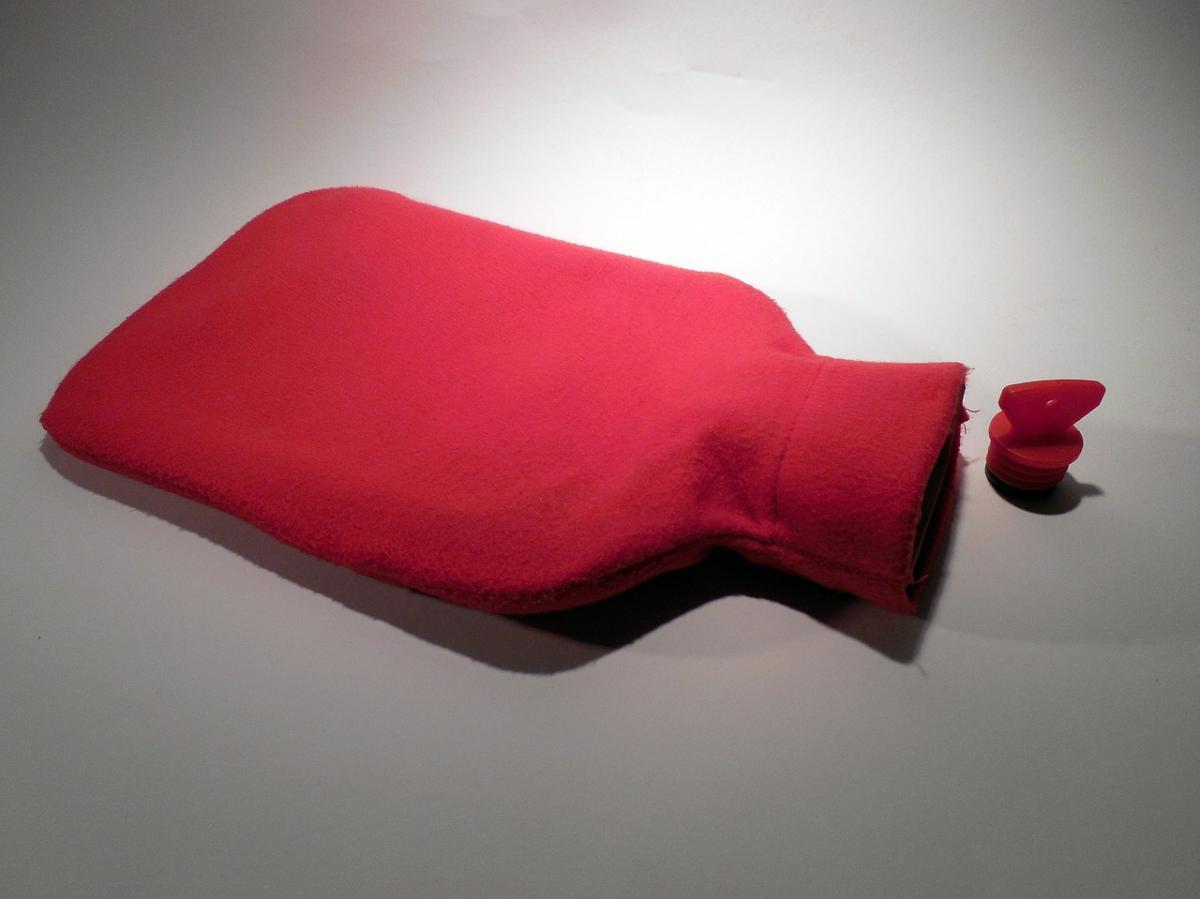

Dr. Holly Cooper suggests that you "look for safe, sturdy items made of metal, wood, and cloth. As children gain more fine motor skills, look for items with internal movement, parts that twist, bend or spin. Most people know to look for toys that make noise, but also look for noise producing toys which are not electronic, to provide different experiences and fine motor challenges."
4. Choose toys, games, and materials that are appropriate to a child's developmental level.
It is important to think about a child's developmental age, as well as their chronological age. This means that toys should be at a level that engages their interest and offers an appropriate amount of challenge, without being either too easy or too frustrating. For older children who are at a developmentally early stage, think about what their same-age peers are doing. Are there similar items that would might be interesting? Avoid baby toys for adolescents and choose instead items that are not associated with a particular age.
5. Make a tactile quilt, vest, apron or gloves!
 Homemade presents can provide a child with something that may not be available commercially. We love these tactile quilts from Pat Jacobs.
Homemade presents can provide a child with something that may not be available commercially. We love these tactile quilts from Pat Jacobs.
An Activity Vest, based on the Active Learning approach, offers the child interesting things to explore and play with right on his or her own body. Visit the Active Learning Space website for additional ideas for making our own activity belt, velcro gloves and more.
6. Select things that the child can enjoy with others.
Think about which toys or games would be fun for a child to play with together with peers, siblings, or others. Since holidays are often a time to get together with friends and family, look for things that would encourage interaction through turn-taking or sharing the fun.
7. Encourage motor skills and creativity with craft items.
Some children with visual impairments may resist craft projects or materials, and these may be tactilely aversive. For other children, craft activities offer a chance to explore different materials and engage their imagination in a creative way. Try some of the following:
- Wikki Stix
- Clay or playdoh
- Weaving loom
- Picture Maker Wheatley Tactile Diagramming Kit
- Draftsman Tactile Drawing Kit
8. Find ways to encourage movement.
- For young children push toys can serve as a pre-cane to help them to locate things in the environment, such as walls, changes in the surface under their feet, and drop-offs. This can be a great way to introduce orientation and mobility skills to young children, while encouraging them to move safely.
- Small trampolines or parachutes can be fun ways to enjoy movement activities with other children.
- A tandem bike is another way to enjoy social interaction and movement.
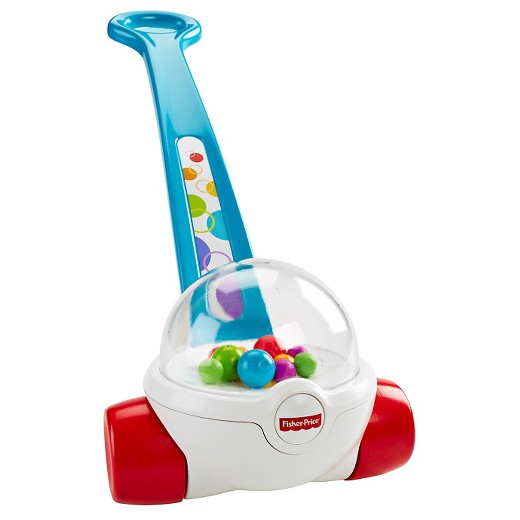

9. Look for toys and materials to encourage vocalization.
For children who are non-verbal or deafblind, they may enjoy toys that reinforce their vocalizations. These can be very low tech, like metal buckets, or higher tech with a recording mechanism or voice-activated switches. There are many simple toys available commercially, that amplify or distort voices.
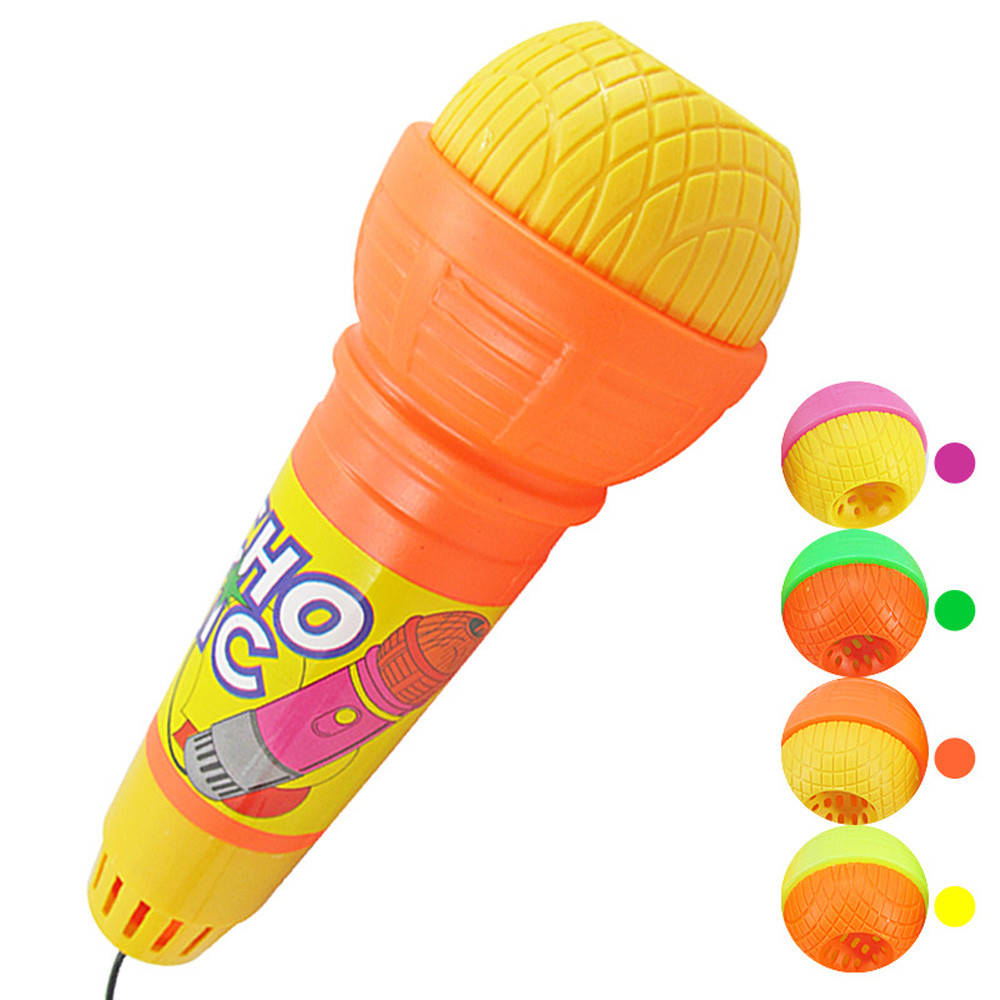
10. Invite family and friends to pool resources for larger items.
We have heard from a number of families who request gift cards as donations towards a particular large item, such as a tandem bicycle. This is a great way to be able to purchase larger items that a single donor might not be able to afford.
More ideas!
For more ideas, see also:
- Gift Ideas for Kids Who Are Blind, Visually Impaired or Have Additional Disabilities
- Materials: Active Learning Space
- Holiday Gift Ideas for Braille Readers
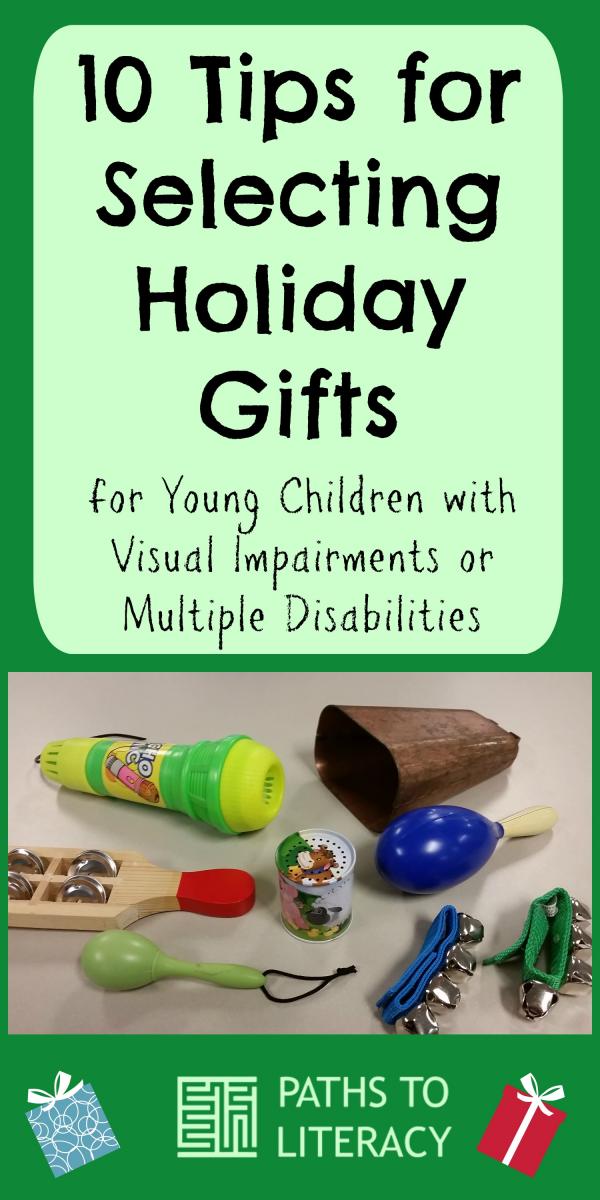


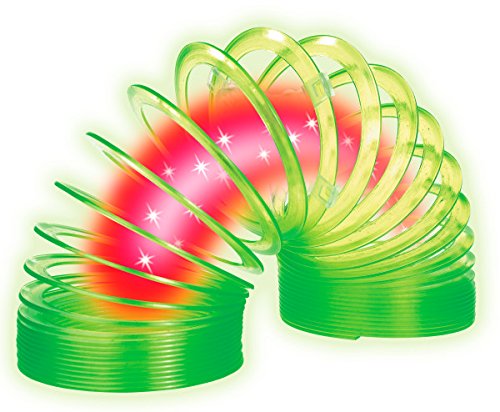
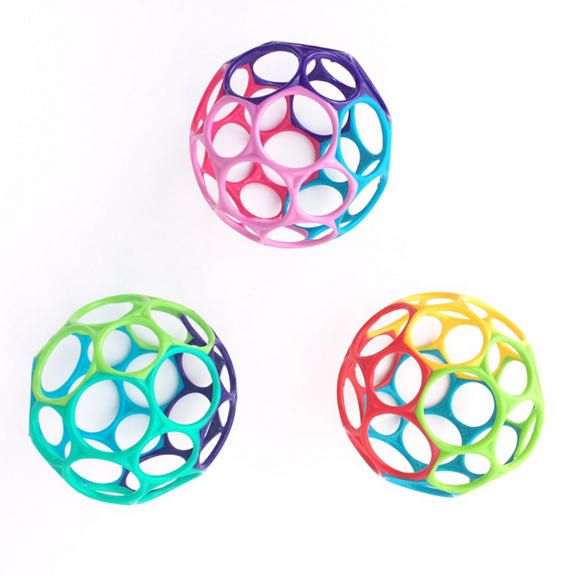

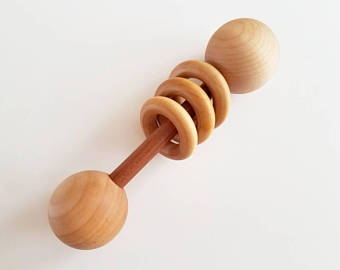

Comments
Thanks!
Ideas for everyday